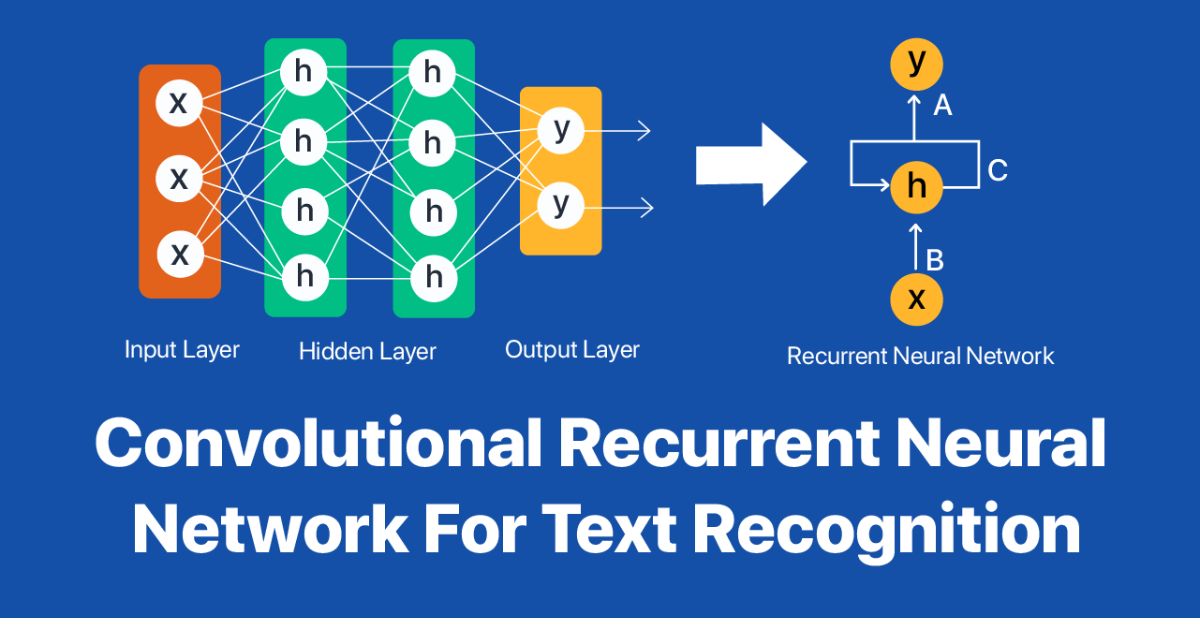Best Practices for SEO Image Optimization in 2025
October 24, 2025 · 2 min read • #SEO#image optimization#Core Web Vitals#performance#metadata
In 2025, image SEO is not just about ranking in Google Images — it’s about performance, accessibility, and experience.
Well-optimized images load faster, improve engagement, and boost your search visibility across devices.
🌐 Why Image Optimization Matters for SEO
Images can make up over 50% of your page’s total weight.
When properly optimized, they:
- Load faster (reducing bounce rates)
- Improve Core Web Vitals (especially LCP and INP)
- Increase organic traffic through Google Image Search
- Enhance accessibility for all users
Faster pages mean better rankings — and happier visitors.
🧠 1. Use Descriptive Filenames
Search engines read filenames to understand image context.
Tips:
- Be specific, not spammy.
- Keep it under ~125 characters.
- Use keywords naturally.
🏷 2. Write Meaningful Alt Text
Alt text is crucial for both SEO and accessibility.
It describes an image’s purpose and helps screen readers — while also giving search engines context.
🧩 3. Compress and Resize Before Uploading
Large, uncompressed images slow down pages — hurting SEO.
Use our Image Compressor Tool to:
- Resize to appropriate dimensions
- Convert to WebP or AVIF
- Reduce file size by 70–90% instantly
- Preserve quality while staying privacy-safe
Everything happens client-side, so no data is uploaded or tracked.
⚙️ 4. Choose the Right Format
Use modern formats for best performance:
- WebP: Excellent balance between size and quality
- AVIF: Smaller than WebP, ideal for high-resolution content
- SVG: For vector graphics, icons, and logos
Fallbacks:
- Keep a JPEG/PNG backup only if necessary for older browsers.
Enjoyed this post? React below 👇
Related Posts

AI Compression Algorithms Explained: Smaller Files, Smarter Tech
Explore how AI compression algorithms are transforming data storage, image optimization, and network performance in 2025 — delivering smaller files, faster speeds, and smarter efficiency for the digital world.

AI vs Traditional Algorithms: Who Wins in Image Optimization?
Explore the differences between AI-based and traditional image optimization methods. Learn how deep learning, neural compression, and smart encoding outperform legacy algorithms like JPEG and PNG in 2025.

Behind the Scenes: How Compression Algorithms Work in 2025
Explore how modern compression algorithms work in 2025 — from neural encoding and predictive analysis to adaptive quality control. Learn how AI and traditional models combine for faster, smarter image optimization.
Frequently Asked Questions
Why is image SEO important in 2025?
Images contribute significantly to website performance, accessibility, and search visibility. Optimized images help you rank higher in Google Images and improve user experience.
How do I write good alt text for SEO?
Describe the image naturally and clearly, using relevant keywords where appropriate — but avoid keyword stuffing or generic text like 'image' or 'photo'.
Do image filenames affect SEO?
Yes. Use descriptive, keyword-rich filenames like 'modern-office-workspace.webp' instead of 'IMG001.jpg'. Search engines use filenames to understand image content.
Should I use WebP and AVIF for SEO?
Yes. Google recommends modern image formats like WebP and AVIF for faster loading, which directly improves Core Web Vitals and SEO performance.
How can I generate optimized images for my site?
Use our [Image Compressor Tool](/image-compressor) to resize and compress your images instantly in the browser, ensuring ideal performance and SEO results.